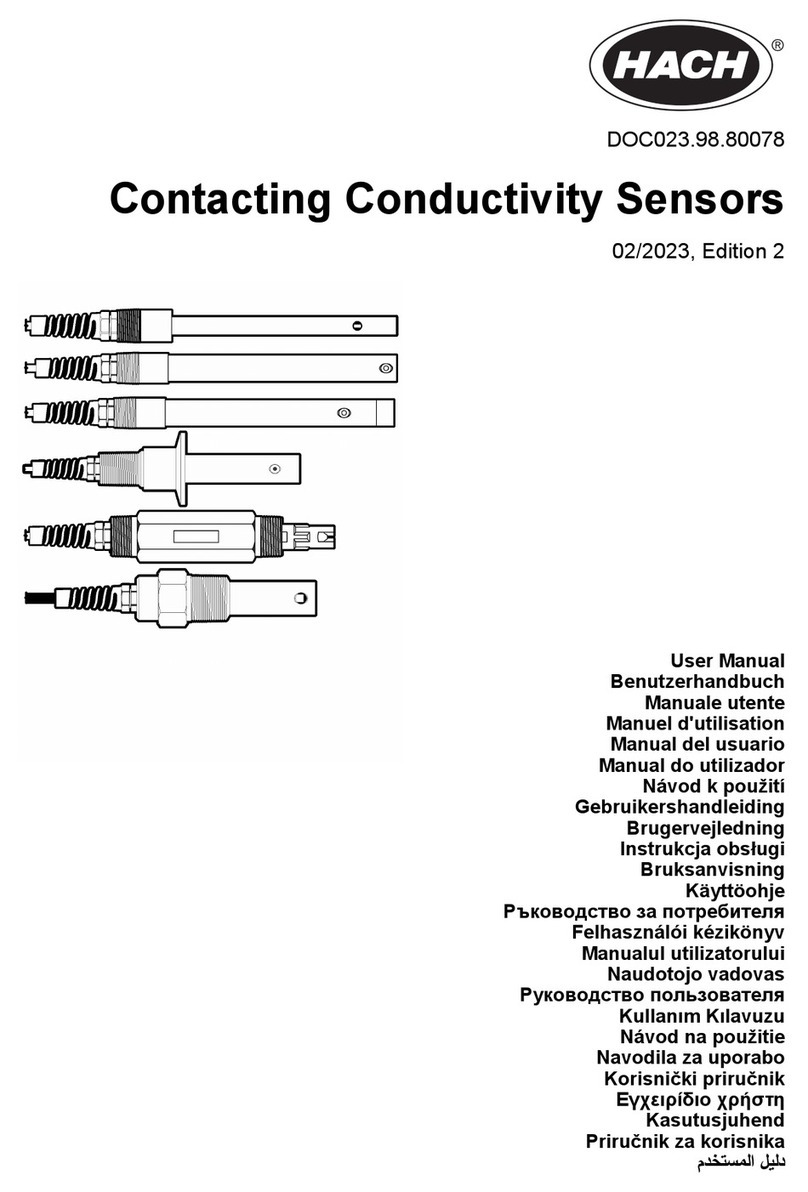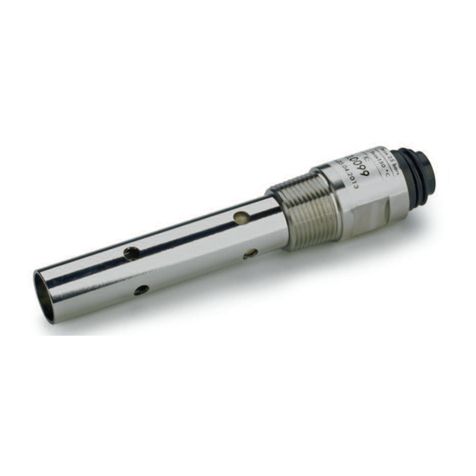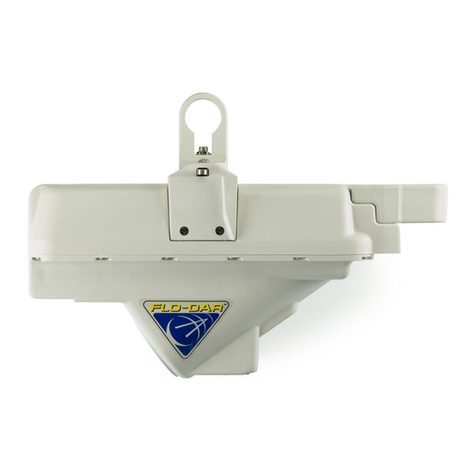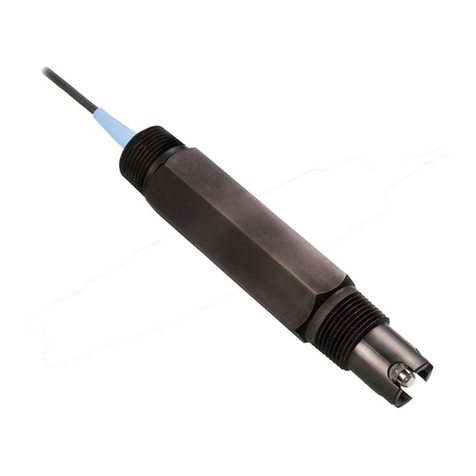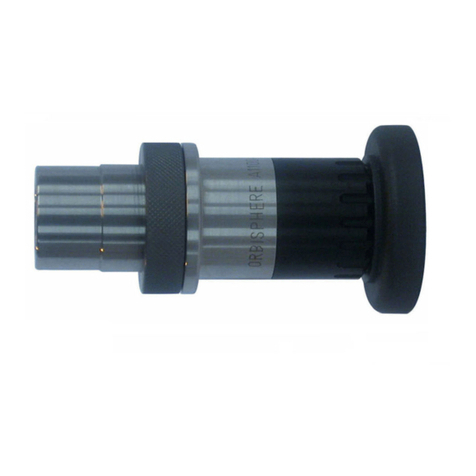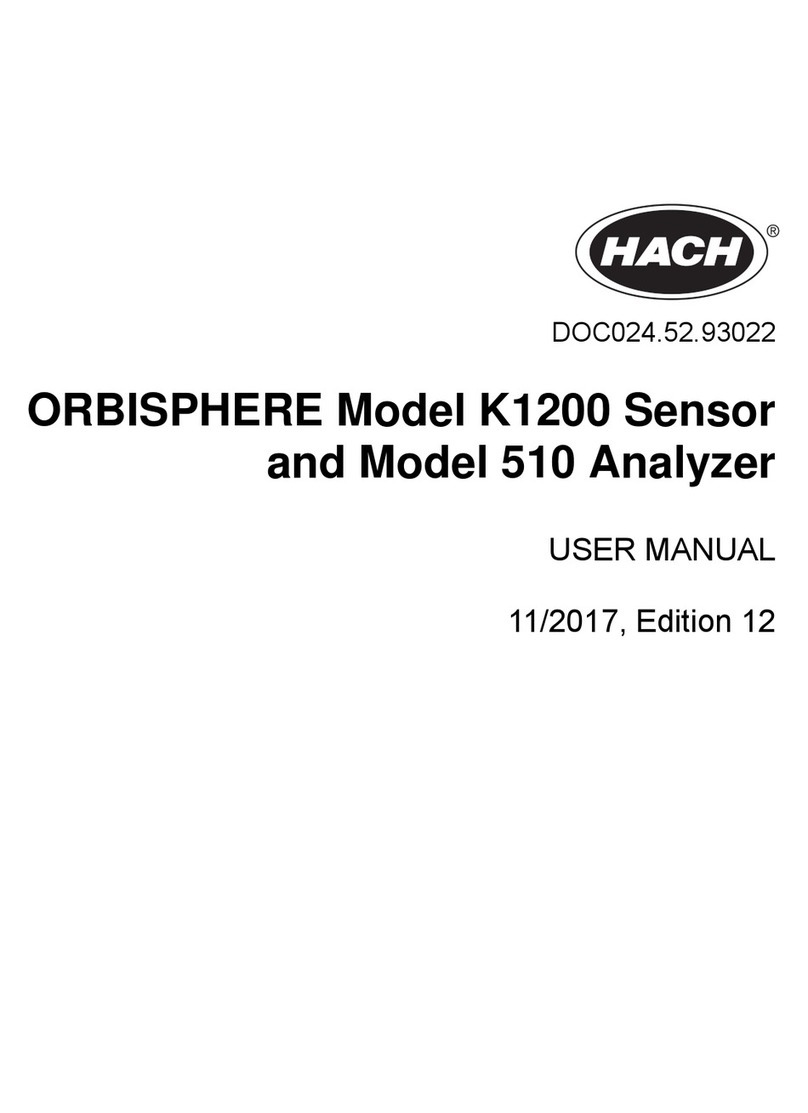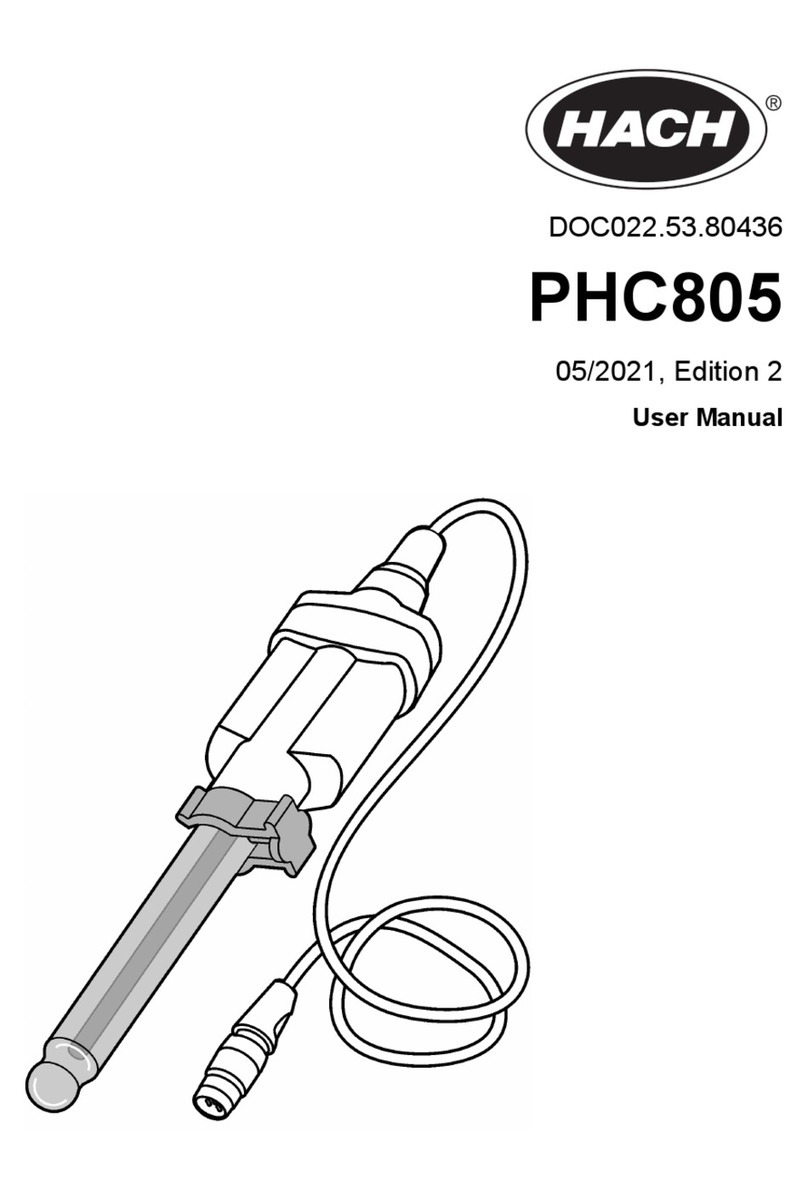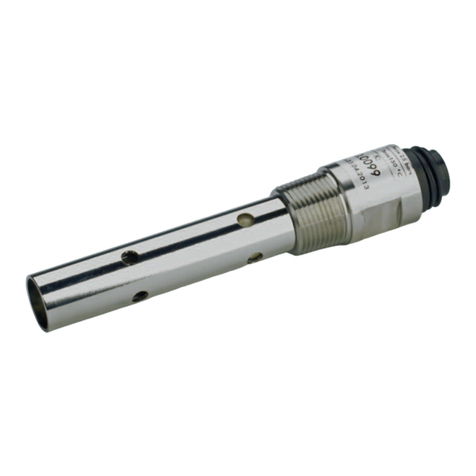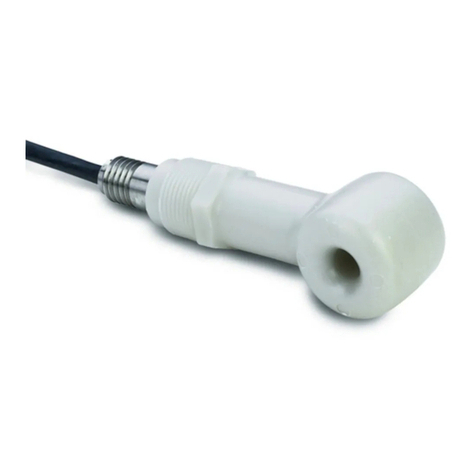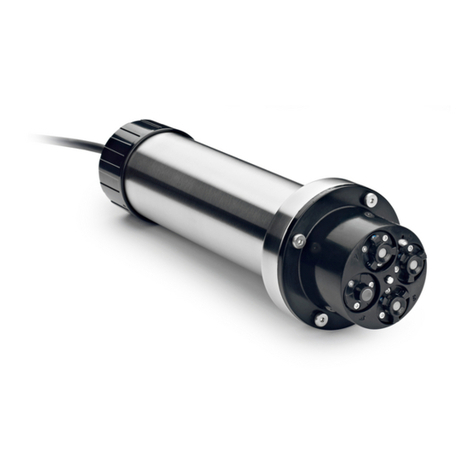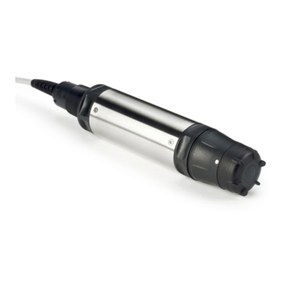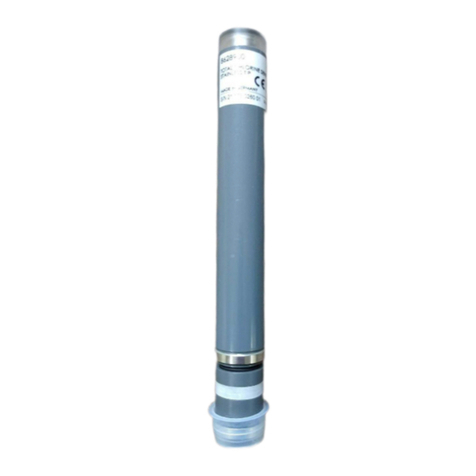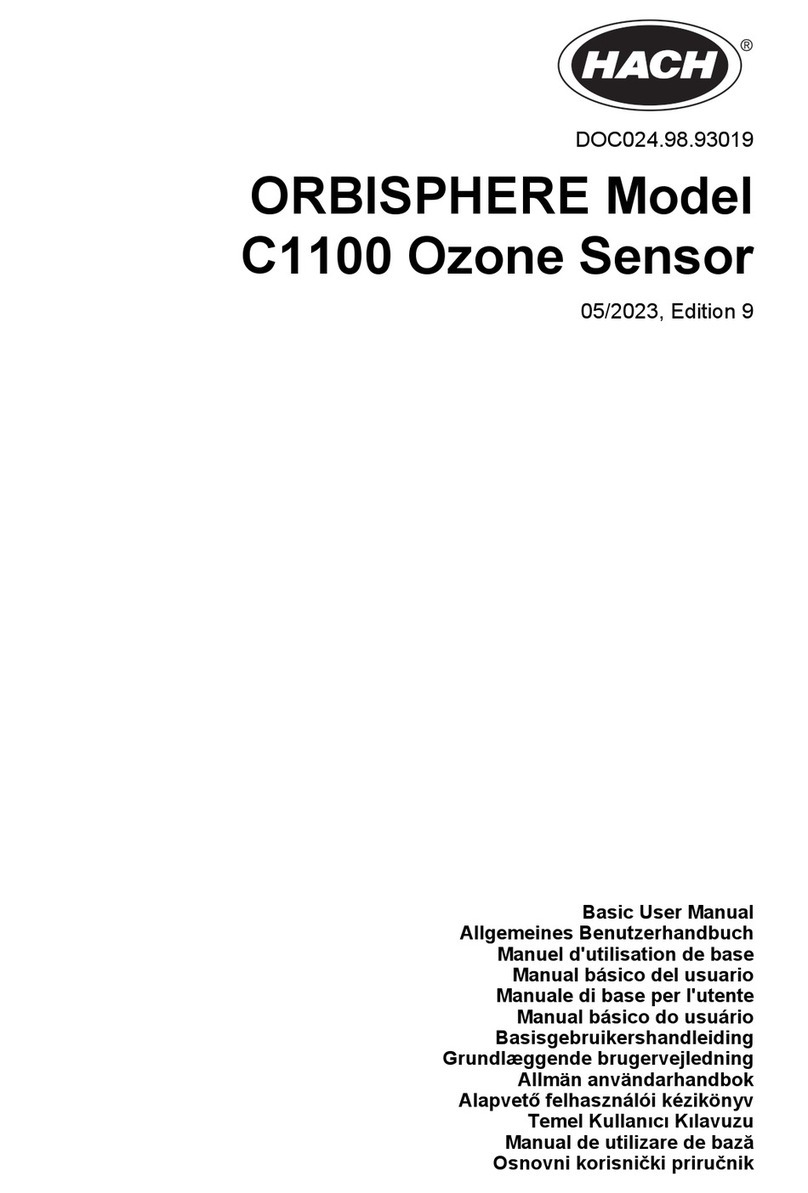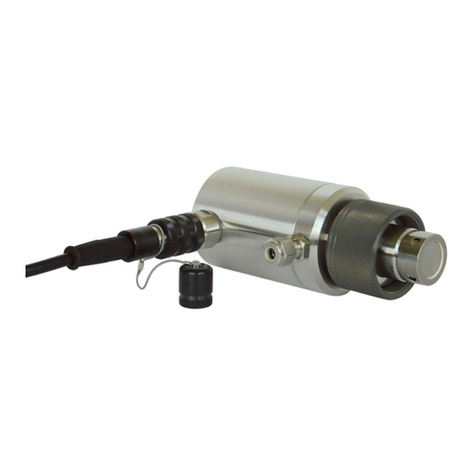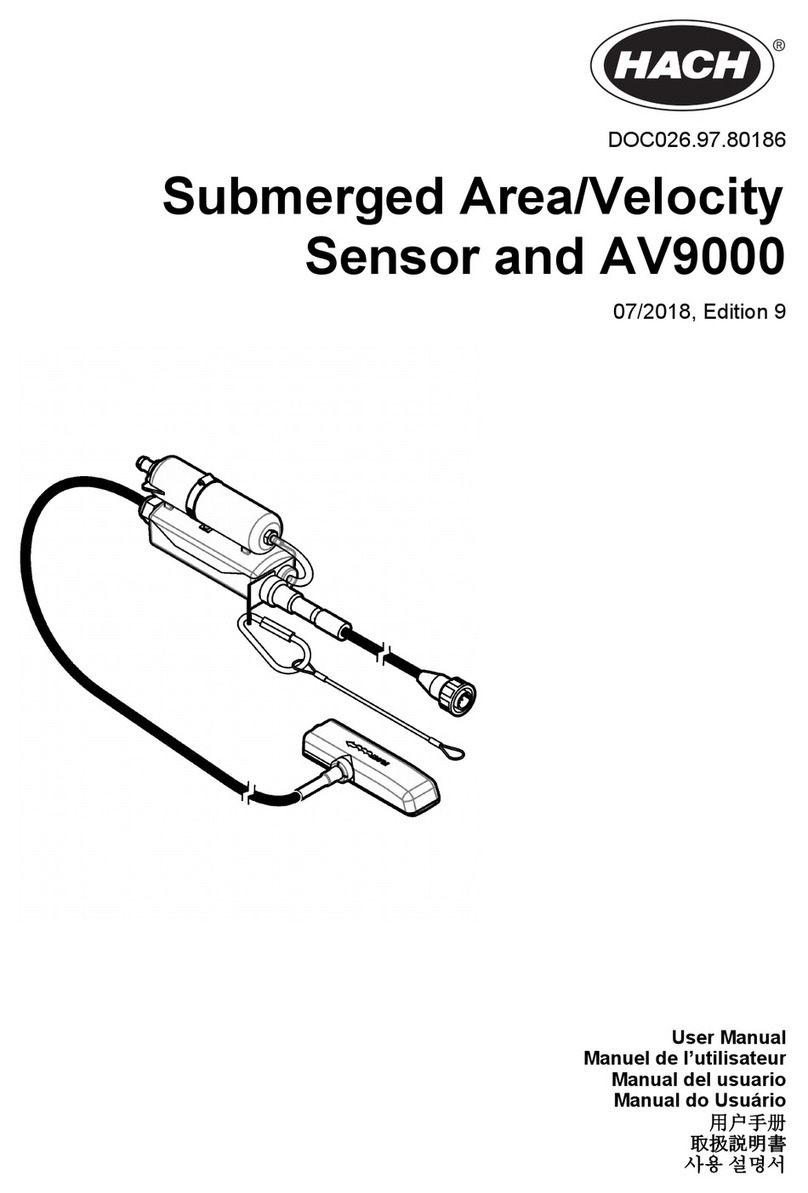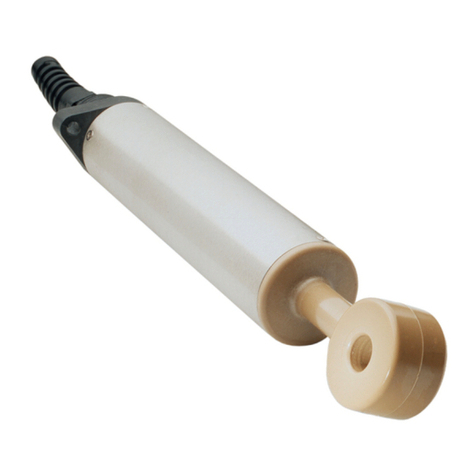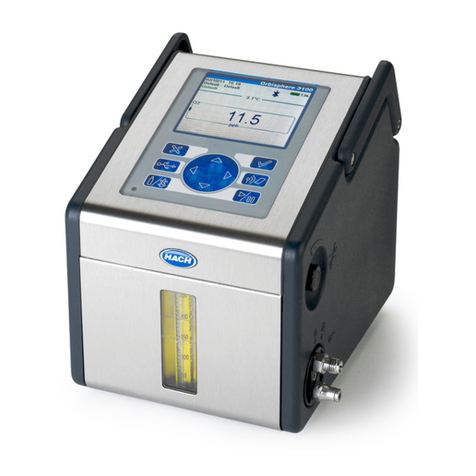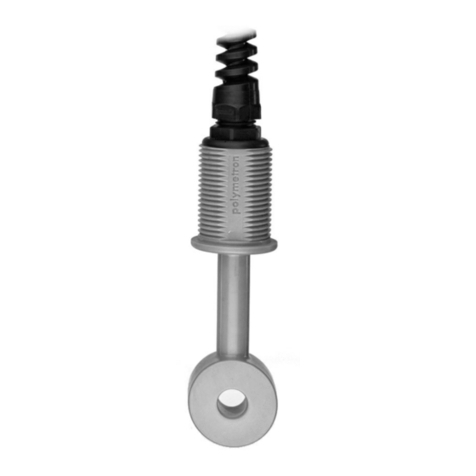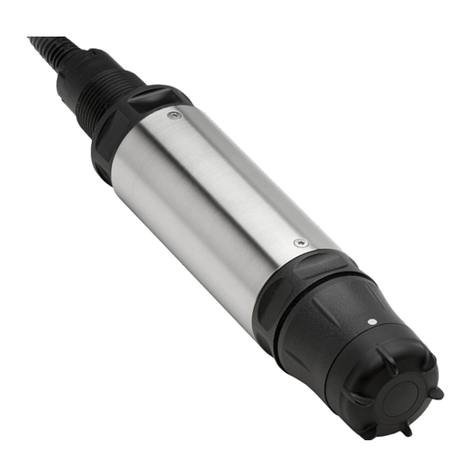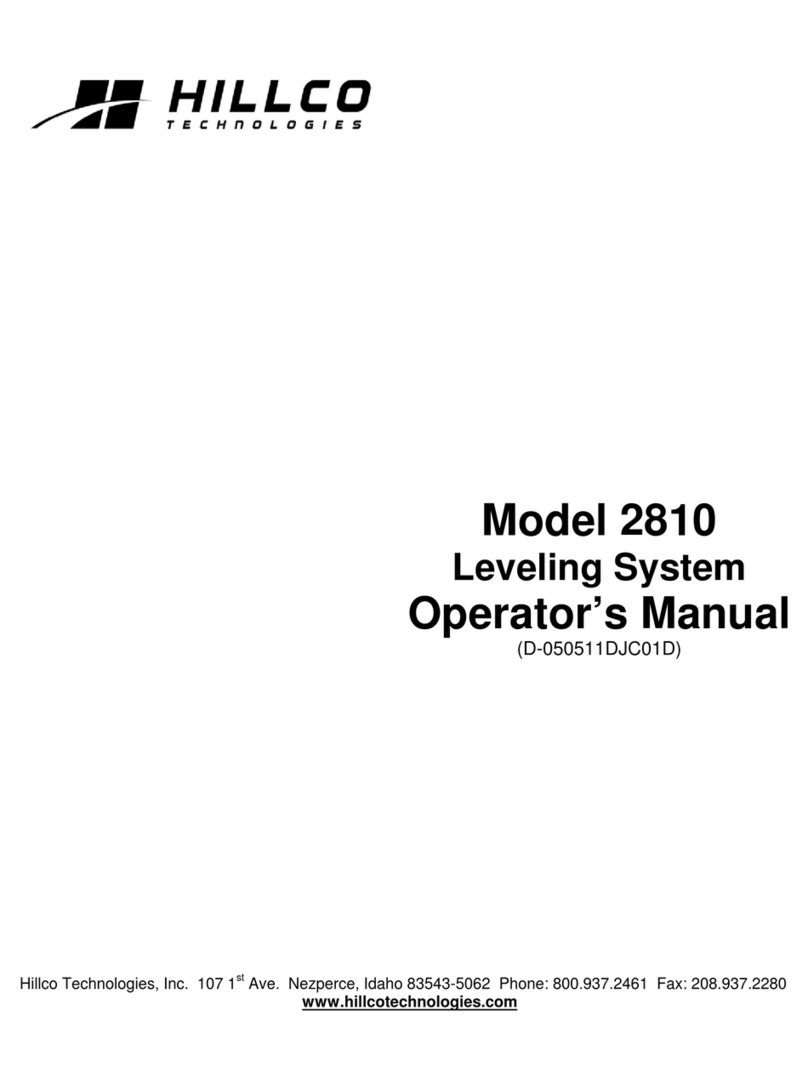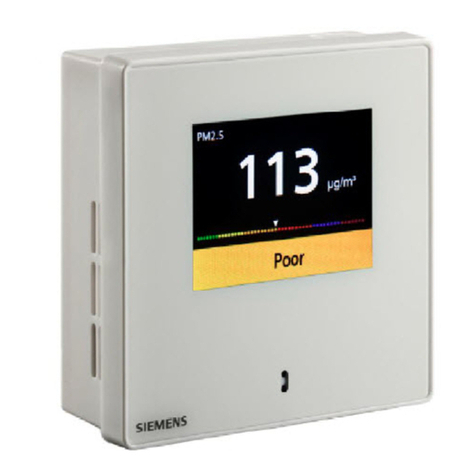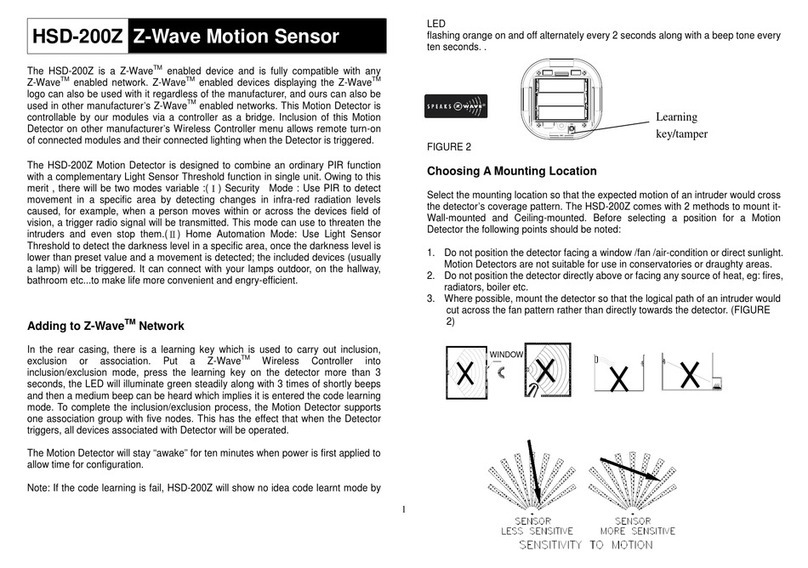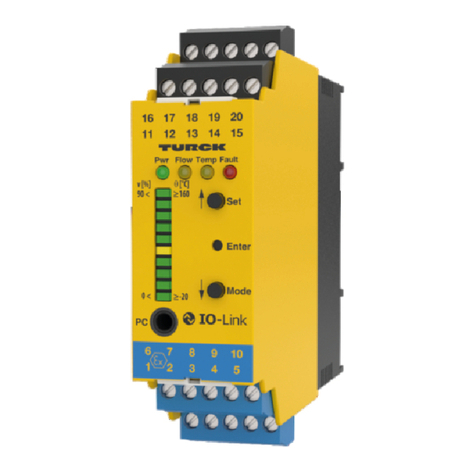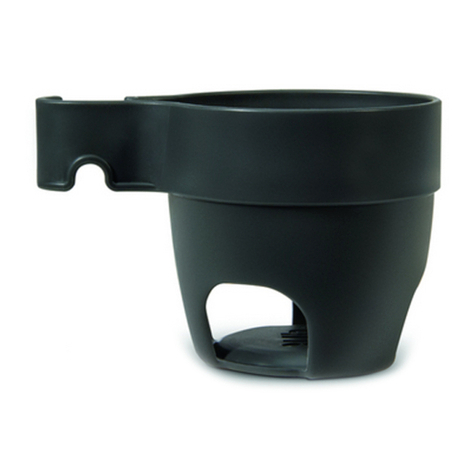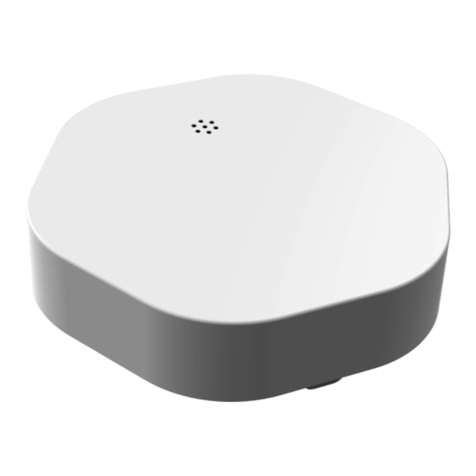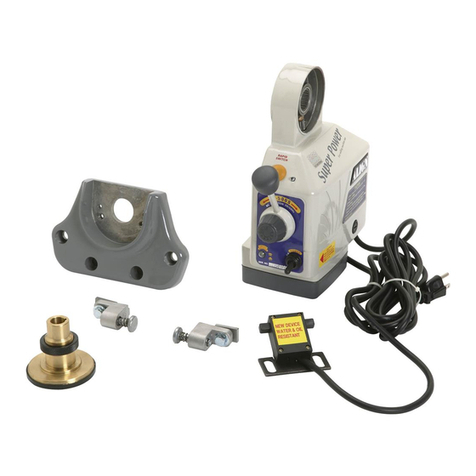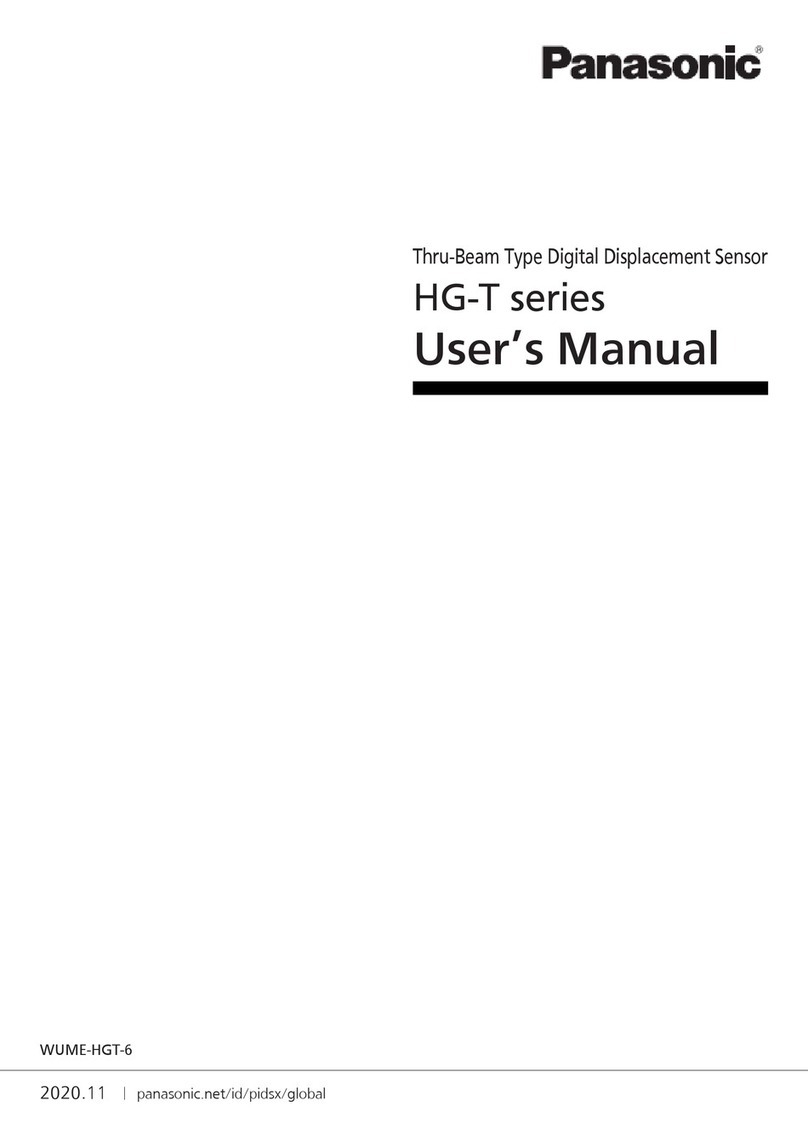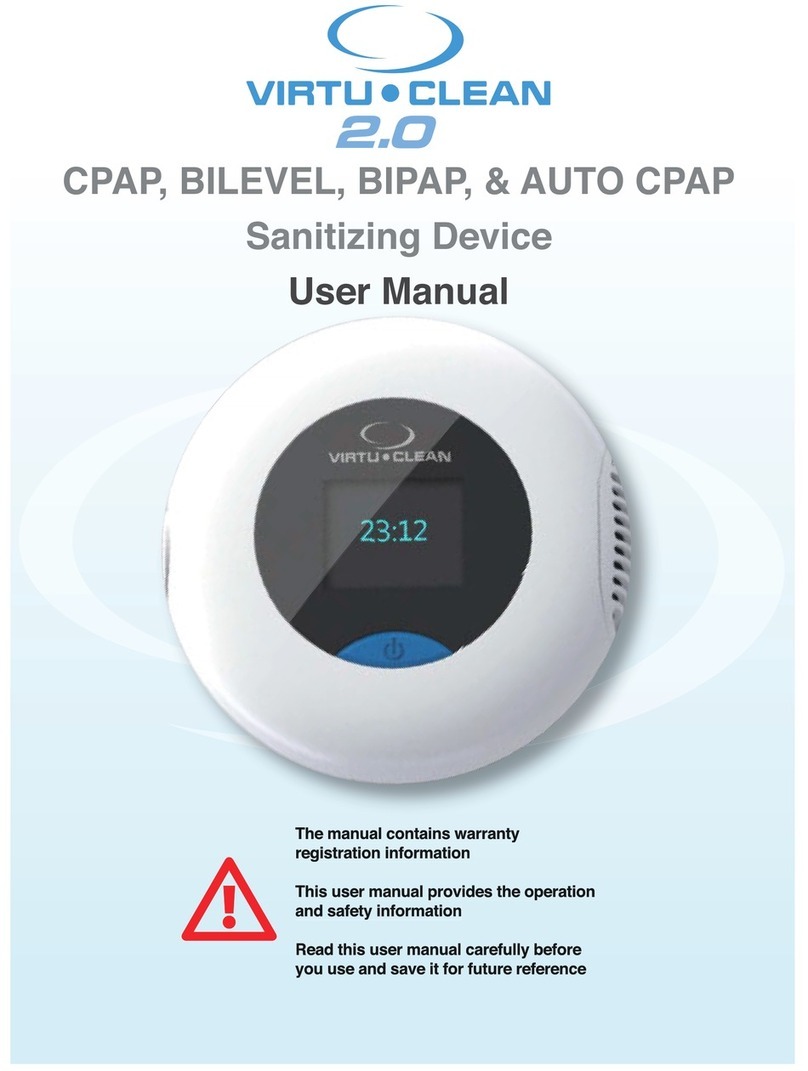3
Table of contents
Section 1 Specifications .............................................................................................................................................. 5
1.1 Dimensions................................................................................................................................................................ 6
Section 2 General information ..................................................................................................................................... 7
2.1 Safety information...................................................................................................................................................... 7
2.1.1 Use of hazard information................................................................................................................................ 7
2.1.2 Precautionary labels ........................................................................................................................................ 7
2.2 Applications ............................................................................................................................................................... 8
2.3 Measuring principle ................................................................................................................................................... 8
2.4 Handling .................................................................................................................................................................... 8
2.5 Items supplied ........................................................................................................................................................... 9
2.6 Function check .......................................................................................................................................................... 9
Section 3 Installation....................................................................................................................................................11
3.1 Assembling .............................................................................................................................................................. 11
3.1.1 Connectors..................................................................................................................................................... 12
3.2 Instrument layout ..................................................................................................................................................... 13
3.3 Connecting sensor cable ......................................................................................................................................... 14
Section 4 Operation..................................................................................................................................................... 15
4.1 Operating the sc controller ...................................................................................................................................... 15
4.2 Sensor setup ........................................................................................................................................................... 15
4.3 Sensor data logger .................................................................................................................................................. 15
4.4 Menu structure......................................................................................................................................................... 15
4.4.1 SENSOR DIAG .............................................................................................................................................. 15
4.4.2 SENSOR SETUP........................................................................................................................................... 16
4.5 Calibration with standard solution............................................................................................................................ 18
4.6 Verify using dry standard CVM................................................................................................................................ 19
4.7 Zero point setting..................................................................................................................................................... 19
Section 5 Maintenance................................................................................................................................................ 21
5.1 Maintenance schedule............................................................................................................................................. 21
5.2 Cleaning measuring chamber.................................................................................................................................. 21
5.3 Replacing wiper profiles (only plus and seawater version)...................................................................................... 22
5.4 Replacing desiccant ................................................................................................................................................ 23
5.5 Monitoring test equipment ....................................................................................................................................... 24
5.5.1 Preparing formazine solution in accordance with DIN EN ISO 7027 ............................................................. 24
Section 6 Faults, causes, rectification ...................................................................................................................... 27
6.1 Error messages ....................................................................................................................................................... 27
6.2 Warnings ................................................................................................................................................................. 27
Section 7 Replacement parts and accessories ...................................................................................................... 29
7.1 Sensor options......................................................................................................................................................... 29
7.2 Replacement parts .................................................................................................................................................. 29
7.3 Accessories ............................................................................................................................................................. 30
Section 8 Limited warranty......................................................................................................................................... 31
Section 9 Contact ....................................................................................................................................................... 33
Appendix A ModBUS Register Information ............................................................................................................. 35
